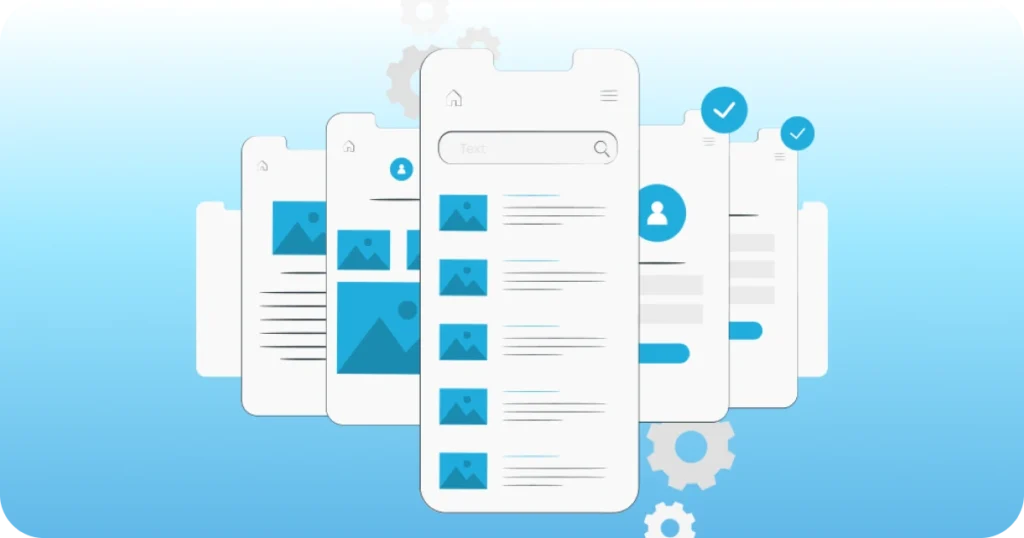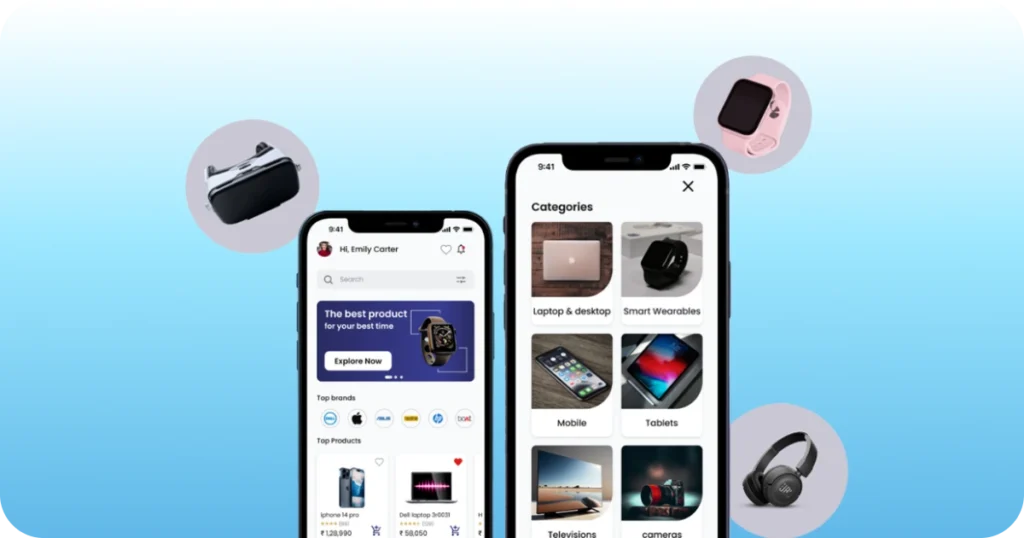In the fast-paced digital world, where every click counts, mastering the art of Conversion Rate Optimization (CRO) is vital to unlock all the success. This comprehensive guide will unravel the app CRO techniques and strategies to make your website a marvel, maximizing business sustainability and driving results.
Understanding the Basics of Conversion Rate Optimization
Before we set our gear to travel our journey to unlock our success, let’s unveil the core concepts of CRO. Conversion Rate Optimization is the systematic process of increasing the percentage of app users who take a desired action, like completing a registration form, subscribing to a newsletter, or purchasing.
Broken form, slow load times, or convey doesn’t show the offer’s value, and these are basic reasons for poor conversion rate.
Why CRO Matters: Turning Clicks into Conversions
Imagine you have potential website visitors who face challenges turning those clicks into conversions. This is the moment where Conversion Rate Optimization comes into the picture. By understanding the behavior of users, tweaking strategy, and analyzing data, you can create a digital environment that not only attracts but converts visitors into customers.
The CRO Toolbox: App CRO Strategies
1. A/B Testing for In-App Conversions
A/B testing is the superman for conversion rate optimization. This method compares two or more versions of the app screen or web page and compares their performance. A/B tests elements like call-to-action buttons, images, and headlines, and you can adjust the strategy to match with audiences.
2. User Experience (UX) Optimization:

In Conversion Rate Optimization, Mobile App UX Design is the vital step for the CRO. Ensure the app or website has straightforward navigation, user-friendly, seamless flow, and engaging design. These strategies make it easier for users to search for what they are looking for and increase the chances of conversion.
3. Conversion Funnel Analysis:
Understanding the whole journey of the user on your site is a crucial step. Evaluate your conversion funnel in each process to recognize the potential drop-off points and optimize each stage for a seamless conversion from visitor to customer.
4. Strategic Call-to-Action (CTA):

Design strategically placed CTA’s and compelling design that can guide visitors to perform specific actions. Whether “Shop the Sale” or “Sign Up Now,” your Call To Action should be attractive, clear, and strategically aligned to capture the visitors’ attention.
5. Personalization: Tailoring the Experience
Personalizing user experiences based on preferences, demographics, and behaviors can significantly impact conversion rates. The CRO technique is beneficial for developers in the long run.
The Role of Mobile App Analytics for Conversion Rate Optimization:
To understand the language behind the data, you will need App Conversion Metrics Analysis tools to understand the code behind it. The data scientist widely uses Google Analytics as an efficient and versatile tool. Google Analytics provides insights into user behavior, site performance, conversions, and traffic sources.
- Google Tag Manager adds and manages the tracking codes for analytics and marketing tools.
- Optimizely is an effective tool for using the A/B testing platform. It helps to find the site variation for the website.
- Kissmetrics tracks the individual behavior of the users to understand their journey and personal experiences through segmentation.
Optimizing for Mobile: Conversion Rate Optimization
In the era where smartphones are dominant, it is crucial to optimize the apps on mobile. Ensure the app or website provides a smooth experience across various platforms. A mobile-friendly design is an important factor in boosting conversion rate.
Conversion Rate Optimization in Action: Real-world Success Stories
Real-world stories reflect the success stories and explore case studies and examples of businesses applying effective CRO strategies to achieve results in the digital realm. Learning from the challenges and success of other competitors can provide valuable insights for the Conversion Rate Optimization journey.
Measuring Success: App Conversion Metrics
The central Conversion Rate Optimization metric is a conversion rate- the percentage of visitors who completed the desired action. Some key metrics include understanding the back process of optimization.
Bounce rate: The percentage of visitors who navigate away after one page, showing that content is not engaging enough.
Click-through rate (CTR): It tells about the percentage who click a link in ads or emails. Useful for checking the call-to-action effectiveness.
Average session duration: It tells about the time spent by visitors on your site. An increase in time demonstrates a higher engagement rate for the site.
Exit rate: The exit rate tells the percentage who leave the specific pages. It helps to recognize the potential issues on the site.
With the help of these metrics, you can get insights into your website performance and opportunities for optimization. Focusing on the right number will improve the efforts of conversion rate optimization.
Conclusion
As we are here to conclude, this guide for effective Conversion Rate Optimization and success is an ongoing process in the CRO journey, not a one-stop solution. Consistently test, refine, and adapt your strategies to the dynamic digital world.
By adapting the techniques discussed here and getting in touch with the needs and preferences of your audience, you’ll be well on your way to unlocking the full potential of your online presence. CRO isn’t just about boosting numbers; it’s about creating a user-centric environment that fosters trust, satisfaction, and success. So, embark on your CRO journey confidently – your success story awaits!



